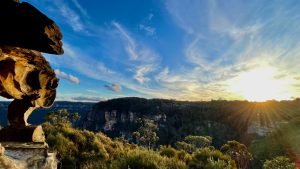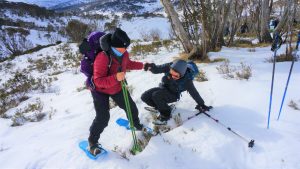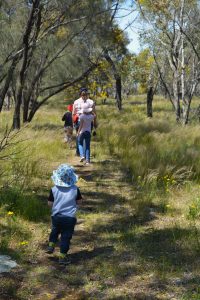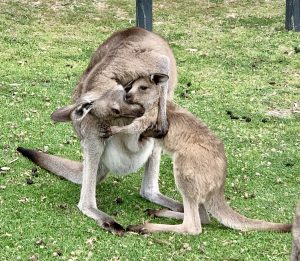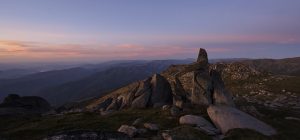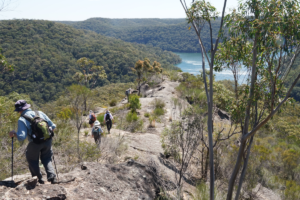Thank you to Paddy Pallin and Wild Magazine for providing great prizes!
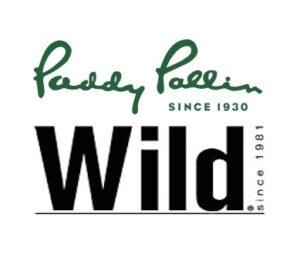
By Jon Grey, BNSW Young People in Clubs Working Group, youngpeopleinclubs@bushwalkingnsw.org.au
The Terminology Survey aimed to examine people’s opinions and perceptions about the terminology currently used to describe bushwalking, related activities and associated clubs. It was exploring a proposition that naming and terminology used in conjunction with bushwalking clubs may influence the level of interest and desire to participate in our clubs, particularly from younger people.
The survey was open for the 4-month period to the end of January 2024, and had a total of 173 respondents. The key findings are summarised below, followed by a graphical presentation of the results.
Q1. Please rank the following terms from the most to least inspiring and ‘cool.
The three most popular terms were 1. outdoor adventuring; 2. Hiking; then 3. bushwalking, followed by wildwalking, trekking and walking. The precise ordering varied depending on the use of either a weighted score or first preference score system.

Q2. Rank the following Club names from most to least inspiring and ‘cool’. Which Club would you be most proud to be a member of?
The three most popular names for the fictional bushwalking club were: 1. Highlands Outdoor Adventure Club; 2. Highlands Bushwalking and Outdoor Adventure Club; and 3. Highland Hikers, which were all notably ahead of the Highlands Bushwalking Club. The two club names that contained the term ‘outdoor adventure’ received a combined 50% of first preferences, compared to just 8% for the club with ‘bushwalking’ alone.

Q3. Do you believe a club name should reflect more than bushwalking if other activities (eg, cycling, canyoning or kayaking) are undertaken?
83% of respondents strongly or slightly agreed that the name of a club should include more than bushwalking if other activities such as cycling, canyoning or kayaking were undertaken (including 55% who strongly agreed).

Q4. Would the name of an outdoor club or organisation influence your perception of how exciting, dynamic and ‘cool’ it was?
75% of respondents indicated that it was highly or somewhat likely that their perception of how exciting, dynamic and ‘cool’ a club or organisation was, would be influenced by its name.

Q5. If an outdoor club had an exciting, dynamic and ‘cool’ image, would this encourage you to join it and possibly participate in leadership roles?
59% of respondents indicated that they were highly or somewhat likely to be encouraged to join an outdoor club and possibly participate in leadership roles if it had an exciting, dynamic and ‘cool’ image.

Q9. Other comments?
Of the 73 specific comments received, there was a wide range of views. 34% supported the importance of terminology, 49% were neutral or raised other issues to consider, and 16% were clearly not supportive of the importance of terminology. The comments emphasised the importance of other issues besides terminology such as the need for a strong social media presence (with images portraying younger generations); a welcoming club culture and varied club programs. 73 respondents made comments, ranging from:
-
- Supportive of the importance of terminology: 34%
e.g. ‘Image can be everything when it comes to membership’;
‘Words matter! the name is important’
- Neutral or raising other issues: 49%
e.g. ‘I would love to join outdoor clubs but cannot usually see myself in any of the imagery. It is usually people 30+ years older than me’
- Statements clearly not supportive of importance of terminology: 16%
e.g. ‘I think terminology is probably much less of an issue than technology and culture of clubs’
Respondent personal data (total 173)
- There were no significant differences between responses from the younger to older generations of respondents.
The results of the survey, particularly the hard statistical data, do overall suggest the potential importance of naming and terminology in the bushwalking and outdoor adventure movement for enhancing our image and possibly appealing more to younger generations. There is a strong preference for naming and terminology that includes ‘outdoor adventure’ and for names that indicate more than just ‘bushwalking ‘where other outdoor activities are undertaken. A large proportion of respondents indicated they might consider participating in leadership roles if a club or organisation had an exciting image. The qualitative comments reflected a range of views but highlighted the importance of multiple issues in attracting younger members into clubs.
A conclusion from the results would appear to be that individual clubs should at least consider possible slight renaming and rebranding of their clubs, with an enhanced focus on outdoor adventure activity in addition to bushwalking alone. Such a change, in conjunction with other measures such as enhanced social media presence, welcoming attitudes and promotion of the benefits of joining our clubs, may revitalise our clubs and possibly help attract younger generations.
Age Range (Q6):
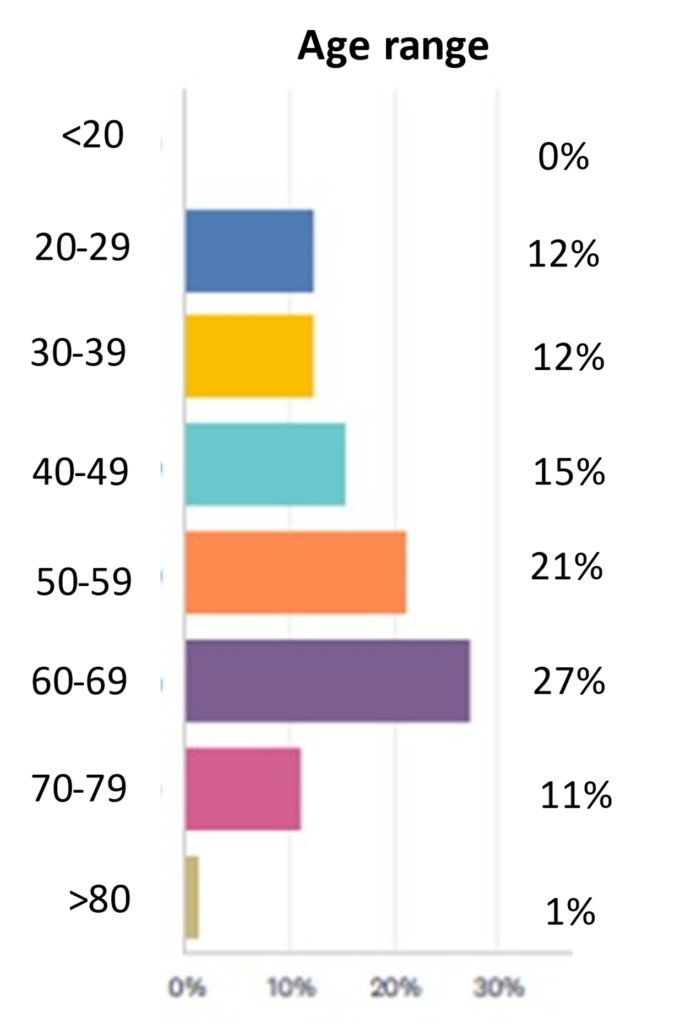
Bushwalking Activity with (Q7):

Jon Grey
BNSW Young People in Clubs Working Group
mailto:youngpeopleinclubs@bushwalkingnsw.org.au

